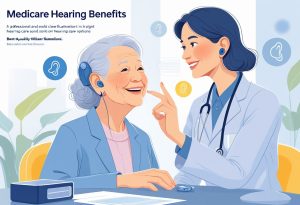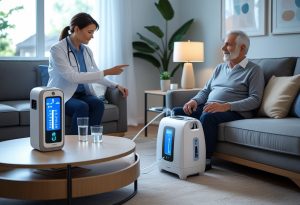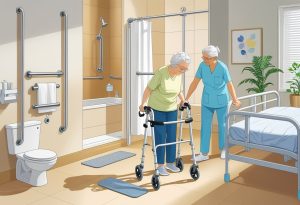When those of us of a certain age awaken each morning lots of body parts ache to varying degrees and according to the weather. The term arthritis means inflammation of the joints. As we age the pain and stiffness worsens. The most common types are osteoarthritis and rheumatoid arthritis.
Osteoarthritis, which is the most common type, has as its cause the wearing away of the cartilage that lines the surfaces of bones that form a joint.Hips and knees are the most commonly affected joints, but the spinal column, hands, feet and even the jaw (TMJ) can all be involved.
Rheumatoid arthritis is an autoimmune condition that targets the lining of the joint known as synovial tissue. An autoimmune condition is one in which the body attacks its own tissues as if they were invaders. Science has not yet figured out why this happens. Other autoimmune conditions include lupus, psoriasis, and ulcerative colitis.
Risk factors for all forms of arthritis include family history (genetic), age, sex, previous injury, and obesity.
We will discuss symptoms, causes, diagnosis, and treatment, touching on the most common points.
The most common symptoms include pain, stiffness,swelling, redness, and a decreased range of motion.The causes of the symptoms depends on which type of arthritis a person may have. Osteoarthritis, caused by the constant wearing away of the cartilage, allows bone to rub on bone which causes pain and stiffness. Joint injury or infection can speed up this process.
In rheumatoid arthritis the body attacks the synovial tissue lining the joint capsule.The synovium becomes inflamed and swollen.This can eventually cause destruction of cartilage and bone.
Diagnosis begins with blood and urine testing, and if the joint is swollen, removal and examination of the fluid. Diagnostic imaging begins with X-rays and may progress to CT, MRI, and ultrasound exam of the affected joint.
The goal of treatment is to relieve symptoms and increase joint function. Therapy usually begins with moist heat, physical therapy , and the judicious use of non-steroidal anti-inflammatory drugs (NSAIDS). Common drugs are Advil and Aleve. These medicines are meant for short term use only as they have significant side effects if used chronically. These include cardiovascular complications and irritation of the stomach that could result in bleeding. If stronger pain control is needed, there are prescription strength NSAIDS( meloxicam) and also opiate medication. Opiates are narcotics and carry their own risks and side effects. Decisions about which form of therapy are made only after the patient and prescriber are in agreement as to which is the correct form of initial therapy. Sometimes these therapies are not good enough to control the pain and decreased function and it is necessary to go to the next level of medications. Drugs such as methotrexate and plaquenil slow the body’s immune system response, which reduces symptoms of pain and swelling. Newer drugs such as Enbrel and Remicade block proteins made by the body that are part of the immune system attack on the joint. All of the medications can have very serious complications and a thorough discussion and understanding is mandatory.
The last form of medical therapy are steroids. These were the first drugs the were successful in halting the body’s immune system on the joint. Unfortunately, although highly effective, their long term side effects were not acceptable to many people.
Physical therapy and low impact exercise (walking) can strengthen muscles around the joints and increase the range of motion. Even though getting out bed is associated with all those aches and pains, the more you move, the better you will feel. If you rest you rust!
Other treatment options include joint repair and replacement, and fusion of certain joints. These are rather complicated and will be discussed in a later article.

Medicare Hearing Benefits: What You Need to Know for Better Hearing Care
Navigating Medicare hearing benefits is crucial for seniors.




